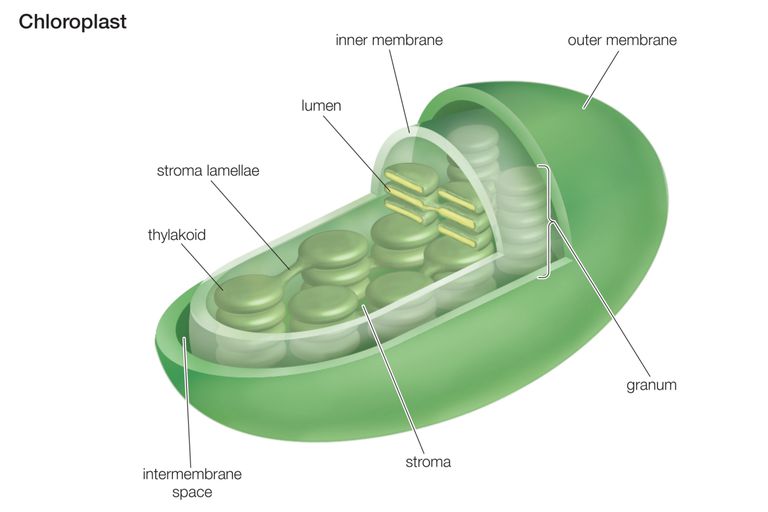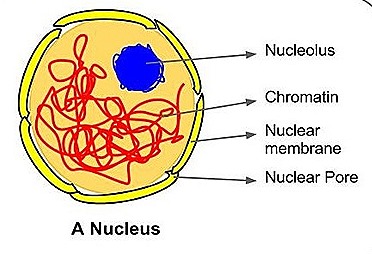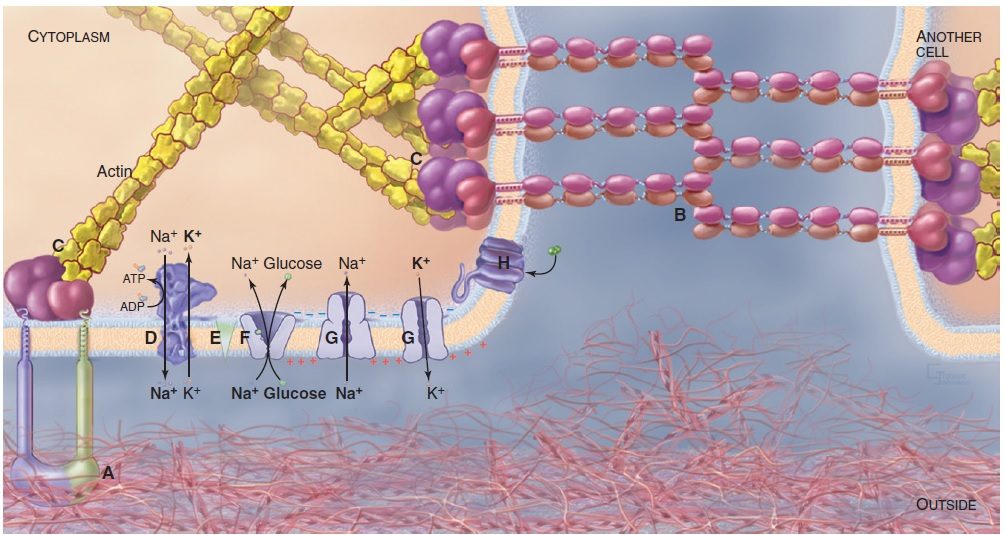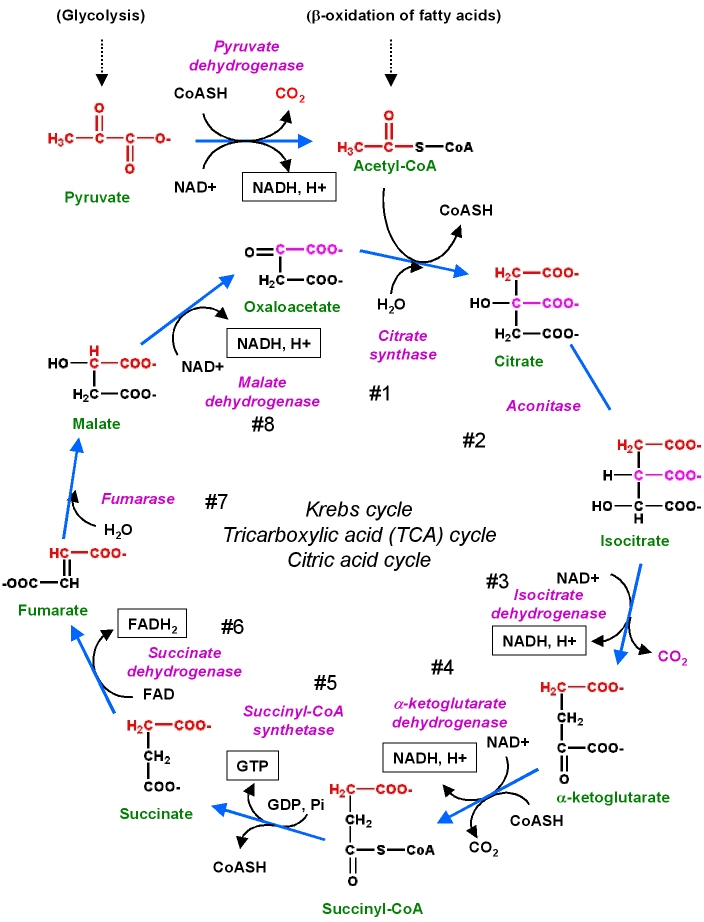Mitochondria – Structure and Functions
Mitochondria, which are double-membrane organelles found in most eukaryotic cells, are responsible for generating ATP through oxidative phosphorylation, and their structure and functions, including their cristae, matrix, and DNA, are closely linked to their role in energy metabolism and other cellular processes. Keep reading for more mitochondria – structure and functions revision. Mitochondria are bacteria-sized …







